Port of Raleigh: How Utility Shapes Design
The first time I visited Port of Raleigh, it was clear that a lot of intention and thought went into selecting the inventory for the store. It was refreshing to see a mix of globally and domestically sourced products in a store in Raleigh. The products in the store are design-driven, and have an industrial and modern aesthetic. Each item in the store had a purpose, and, in many cases, most items had multiple functions (e.g., a cart that can be used as an end table, storage trolley, or bar cart).
I had a great conversation with Ana Maria Muñoz, owner of Port of Raleigh, on design and what inspired her to create her store.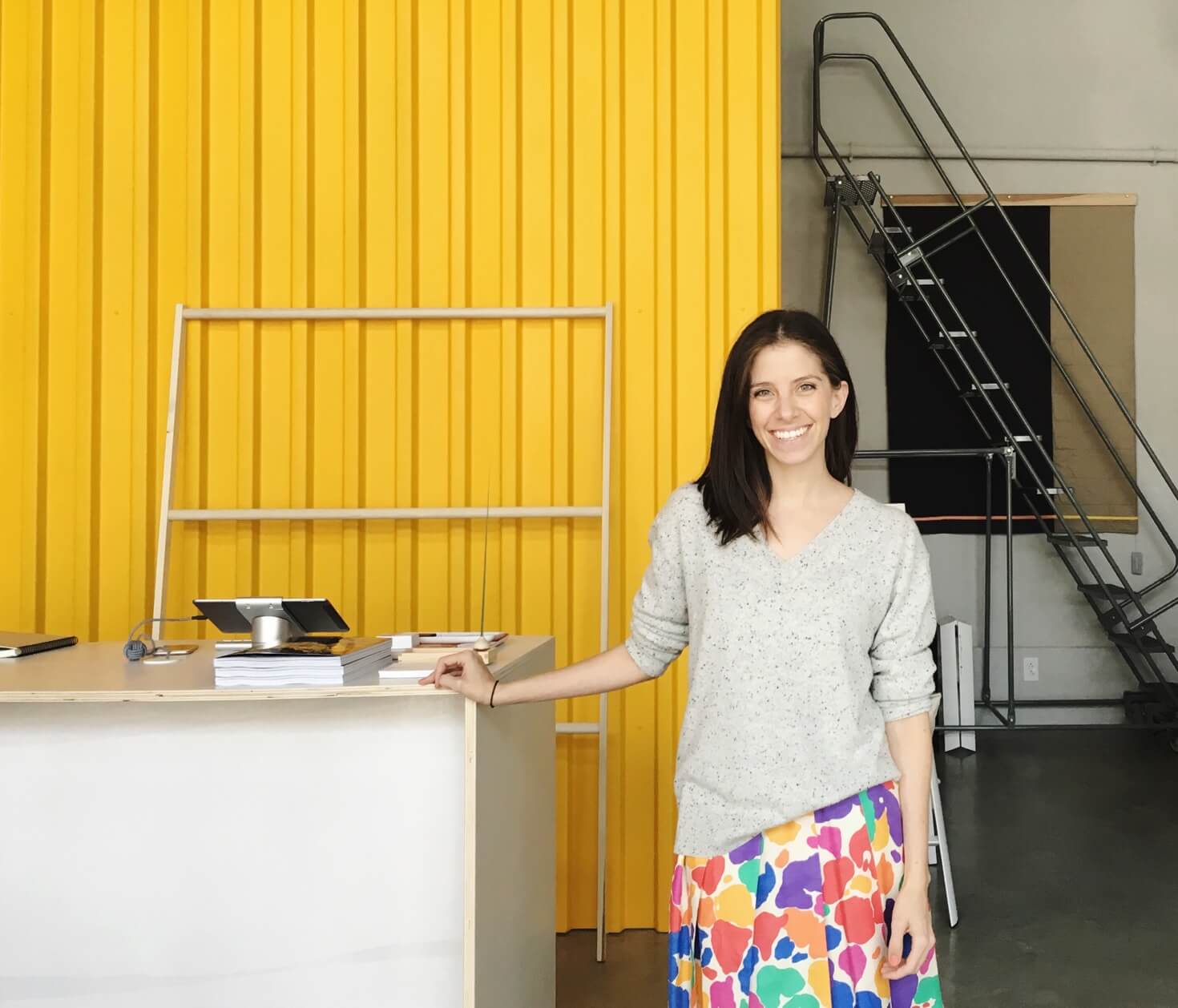
Tell me a bit about yourself and your background.
My parents are Colombian. I was born in Australia, and raised in Los Angeles. I’ve lived overseas with my husband in London, Kuala Lumpur, and we now live in Raleigh.
In college, I studied apparel merchandising and marketing. I’ve been in retail or fashion in some shape or form for over 10 years. I was assistant manager for the juniors department at Nordstrom. I also worked in a projects-based role for a startup shoe company, and as a marketing director for a high-end shopping center in Los Angeles.
When my husband and I moved overseas, I needed to be a bit more flexible with what I did for work. I sold products online, and dabbled in graphic design and photography. It all eventually culminated into me opening my first retail store. We’re finally in a place where we can set roots, and the opportunity seemed right to make it happen in Raleigh.
Describe the process that led you from an idea to the actualization of Port of Raleigh.
Before Port of Raleigh, I had smaller side businesses. I invented a fitness accessory called the Ring Cozy. With Ring Cozy, I recognized that there was a need, I designed the product, created tons of prototypes, and brought it to market. With each venture, I consider if it’s something I could do right now with the resources and time that I have, and plan from there.
I thought back to the business experiences and jobs where I had to determine what’s important now, and applied that to opening a retail store. Luckily, since I studied apparel merchandising in college, I took a course in starting a store. Back then the process of starting a store looked very different. For example, to get a point-of-sale system, you had a buy a cash register, sign a contract, and install software CDs. Now, you can process sales on an iPad.
I searched online for business advice and help. During my search, I found a service named BLNC. I called, and the person I spoke with led me step by step through the process of starting a retail store in Raleigh. I worked with an advisor to create the business plan for the store. After that, I bought merchandise and established the look and feel of the store.
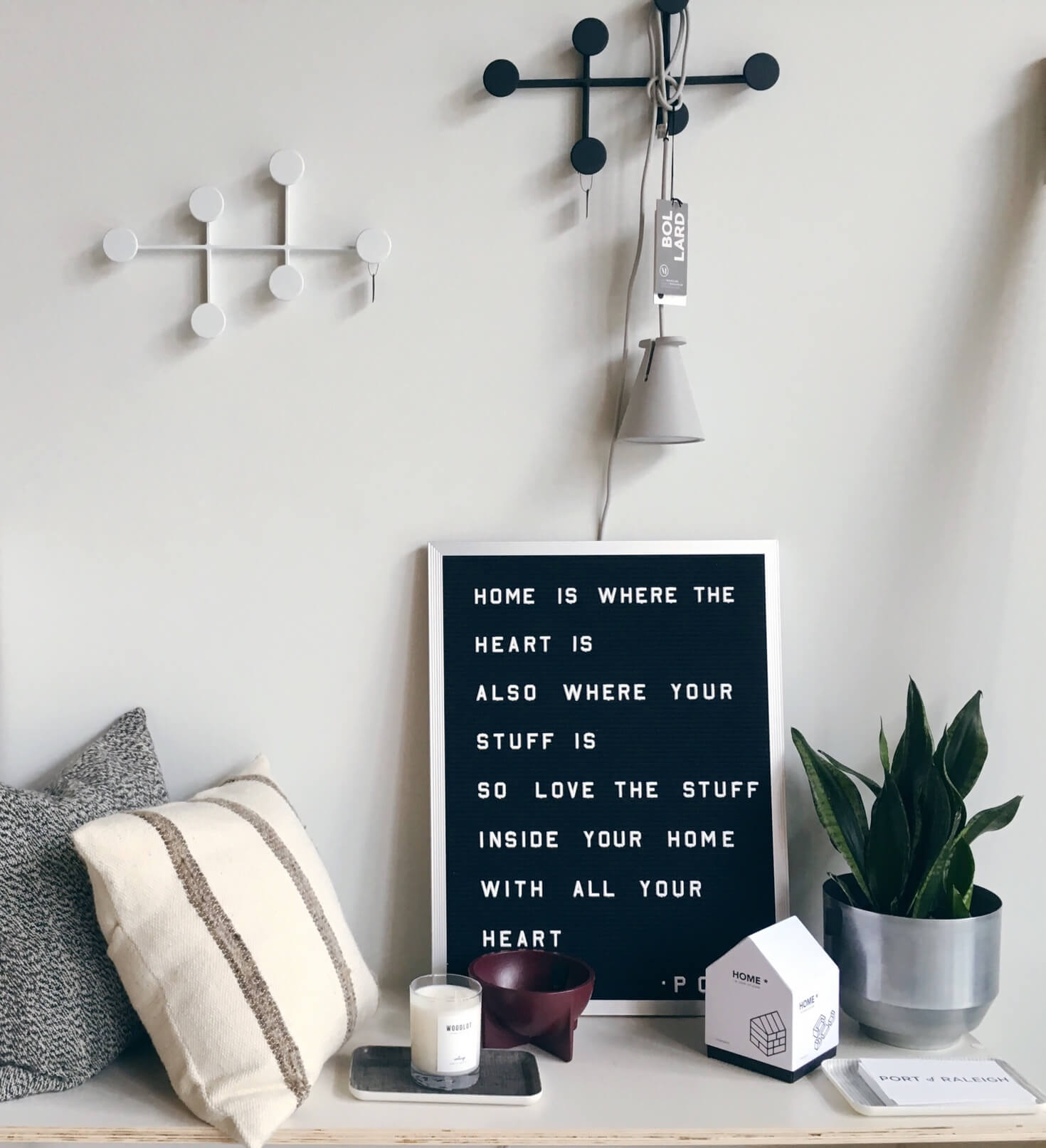
What is your background as it relates to design?
When I designed Ring Cozy, I had to teach myself, and design it to specs that made sense for the function that I needed it to have. In school, I had to design fashion and sew. In terms of my background as it relates to industrial and product design, I’m an enthusiast.
When we moved to London, I got serious about my personal blog and photography. I started an online store called The Pond Market. I sold things that I found at flea markets in London and Europe to people back in the U.S. For the website, I created vignettes and styled the products to show people how they could incorporate the products in their home.
When we moved to Kuala Lumpur, I got really excited about the traditional crafts that they were creating there—rattan chairs, weavings, ikat fabric. Being from Colombia, my grandma would send us those types of crafts for the house. I remember being fascinated by natural crafts and different textures as a kid. I love powder coated steel, but then I also love the natural woven aesthetic of baskets. I don’t think you have to have one or the other. It’s nice to have a blend of textures.
How far back can you trace your love of design?
My interest in design started with fashion. As I got older, I veered more towards being interested in home goods.
In fourth grade, in California, each student in my class was asked to pick a business or a building to contribute to a gold rush town. I decided to do Ana Maria’s Clothes Shoppe—“s-h-o-p-p-e.” I don’t know where I got that spelling from. I built a diorama of the store. I drew little people and period-appropriate outfits, like mannequins hanging in the window. I coordinated a fashion show with the kids in my apartment complex, and we went around and sold tickets for 50 cents.
What inspires you to choose the items you feature in the store?
Things that can add to the home in a way that you might not have thought of before. Whether it’s through the texture of the material that you’re bringing in, or a totally different way of engaging with an item. I try to find things that have function, but a bit of a design edge.
I try to think of the things that people might already need or want in their home. For the kitchen, for example, I think of what people need—hand towels, fruit bowls, other things that people can easily integrated in their kitchen. I don’t have a whole line of servingware or cutlery in the store because you could fill a whole store with those to have enough options for people. I may introduce that eventually, but for now I’m focusing on items that people could easily integrate into the home and have instant satisfaction and elevation with that.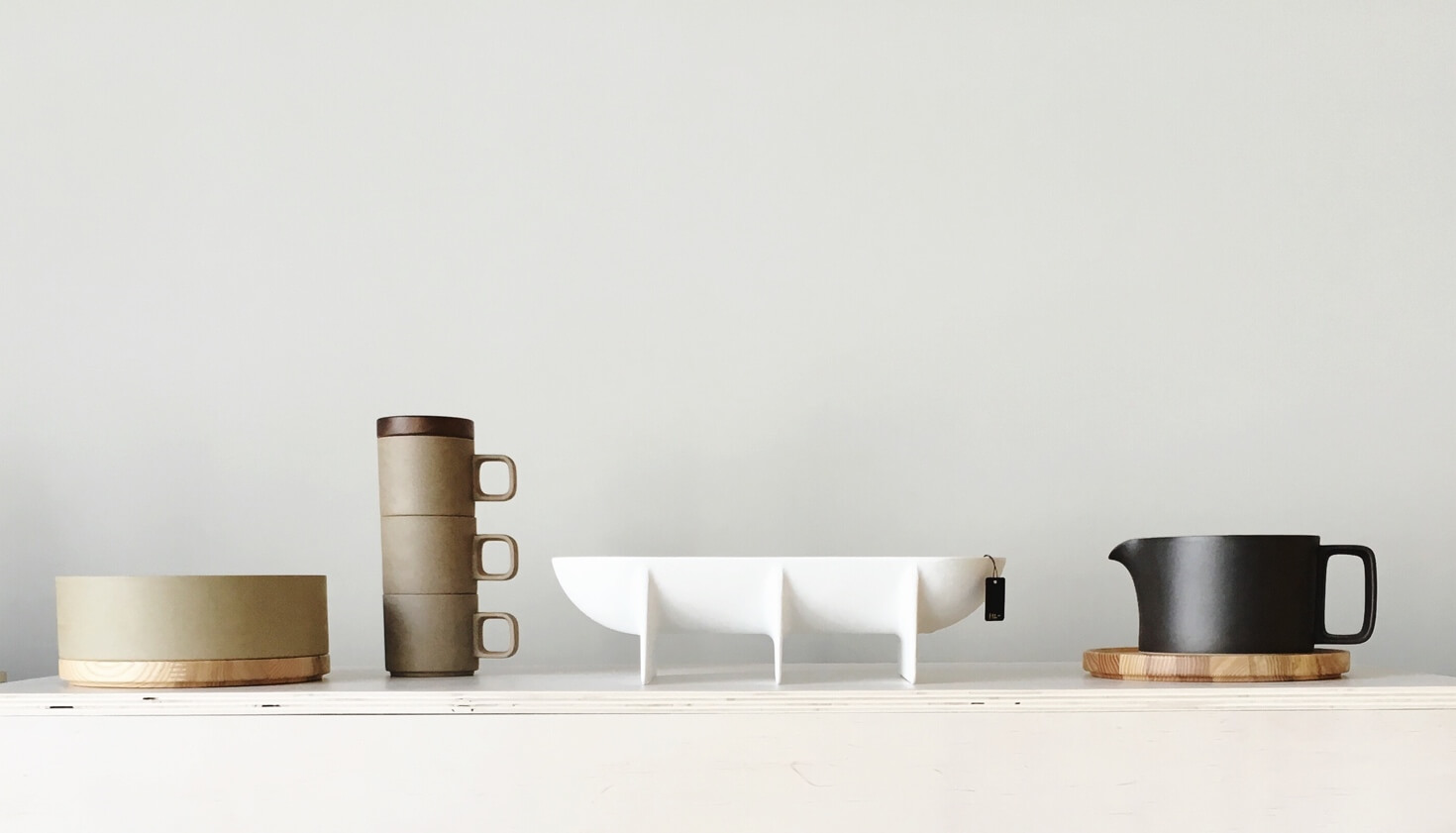
Why did you start your own business?
My parents are immigrants. They live back in Colombia now. When they first moved to the U.S., they had the kinds of jobs that people didn’t want to do. Eventually, they got to a place where they could be more picky.
My dad always told me that I have the power to design my life, work for myself, and build great things for myself. I never thought of his words as being the impetus, but I feel like I’ve had an entrepreneurial spirit since elementary school because of him.
When my friend and her family came back from a trip to Puerto Rico, they brought back a bunch of wooden parrot earrings, and, for some reason, we decided to sell them. We thought of places we could go where there were a lot of nice people, and we ended up sitting in front of a church, and selling them to people leaving church.
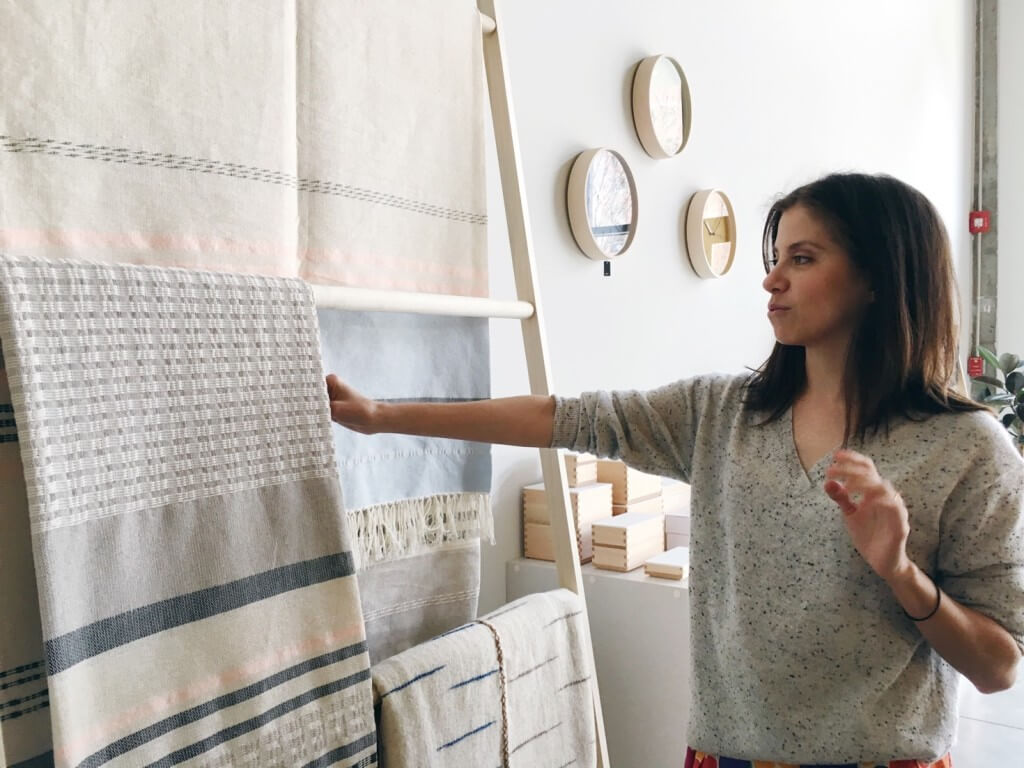
Even when I worked at other jobs out of college, I was still working on side projects. I used to make clutch purses out of vintage scarves and sell them at craft shows and on Etsy. I don’t know why I did that since I was already busy with my full-time job, but I had it in me. I needed to create and I wanted something for myself even though I was employed by someone else full-time.
When we moved here, and saw the opportunity to contribute to the growth of our new neighborhood, it all came together. Now that we have our baby girl, I want to show her I could build something great for myself like my dad told me I could.
What advice would you give to an aspiring business owner?
Start with what you can, when you can, and where you can. I don’t think there’s a reason to force anything. In my experience, good things happened because I was ready and I was able to take advantage of my circumstances. I always wanted a store, but it wasn’t the time to do it in L.A. right out of college. It wasn’t the time to do it in London, so I did online stores.
When we were in Kuala Lumpur, I had the idea for Ring Cozy. I needed neoprene to create the prototype, and I couldn’t find a supplier in Malaysia. I used an iPad sleeve to create my first prototype; that was the only neoprene I could get my hands on, but the grade was different than what I needed. When we went on vacation in Australia, I found a neoprene supplier. We rented a car to drive an hour away from where we were in Melbourne to go to this neoprene factory to buy rolls of neoprene. We packed it in a bag, paid the extra shipping fees, and brought the neoprene back to Malaysia, so I could test out my product idea.
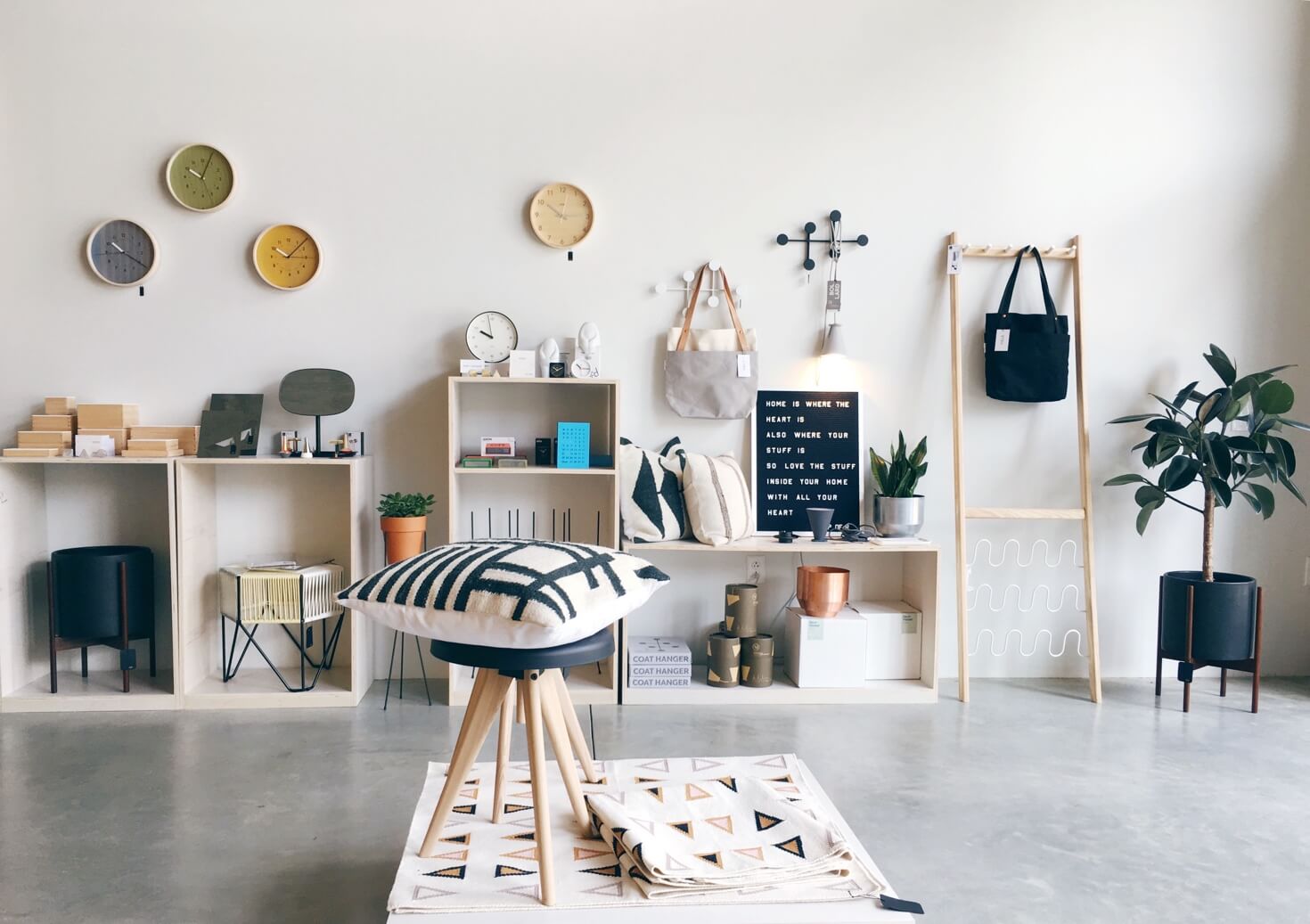 I would advise people to start small with what you can, and to work through challenges. There’s something to be said about taking a calculated risk. Starting a business requires a lot of energy, time, and, depending on the type of business, money. I wouldn’t say if you have an idea go for it, and do whatever it takes. Calculated risk is my thing.
I would advise people to start small with what you can, and to work through challenges. There’s something to be said about taking a calculated risk. Starting a business requires a lot of energy, time, and, depending on the type of business, money. I wouldn’t say if you have an idea go for it, and do whatever it takes. Calculated risk is my thing.
What was the most difficult part about starting your business?
The things I couldn’t control, the cost of construction material and labor costs. That was the hardest part. Everything else I could take care of, and it wasn’t stressful. If I could construct this all myself, I would be in here all day everyday doing it, but I can’t.
What businesses and brands inspire you right now?
We’re all so connected through Instagram and Pinterest, that you can see products from Denmark or Australia. There are cool retailers that inspire me to curate great things from around the world and domestically, and make the products available in Raleigh. With this store, I’ve got everything from small independent designers to some well-known brands that aren’t easily accessible here. I think shopping local is very important, but, in a realistic sense, we’re very global and connected. I think it’s exciting to share global products in a physical way too.
What is your ultimate career goal?
This was such a long-term goal. This was the goal for so long. I know there will be something next because that’s how I work. The next goal for Port of Raleigh is to sell online. It’s a different beast than managing a physical store. You’ll have to check back in a year or so.
I enjoyed learning about the evolution of Ana Maria’s career and how her experiences shape her approach to business and perception of design. I’m excited to see what comes next!
Do yourself a favor, and visit Port of Raleigh to learn about the latest additions to the store and upcoming events. You won’t be disappointed.